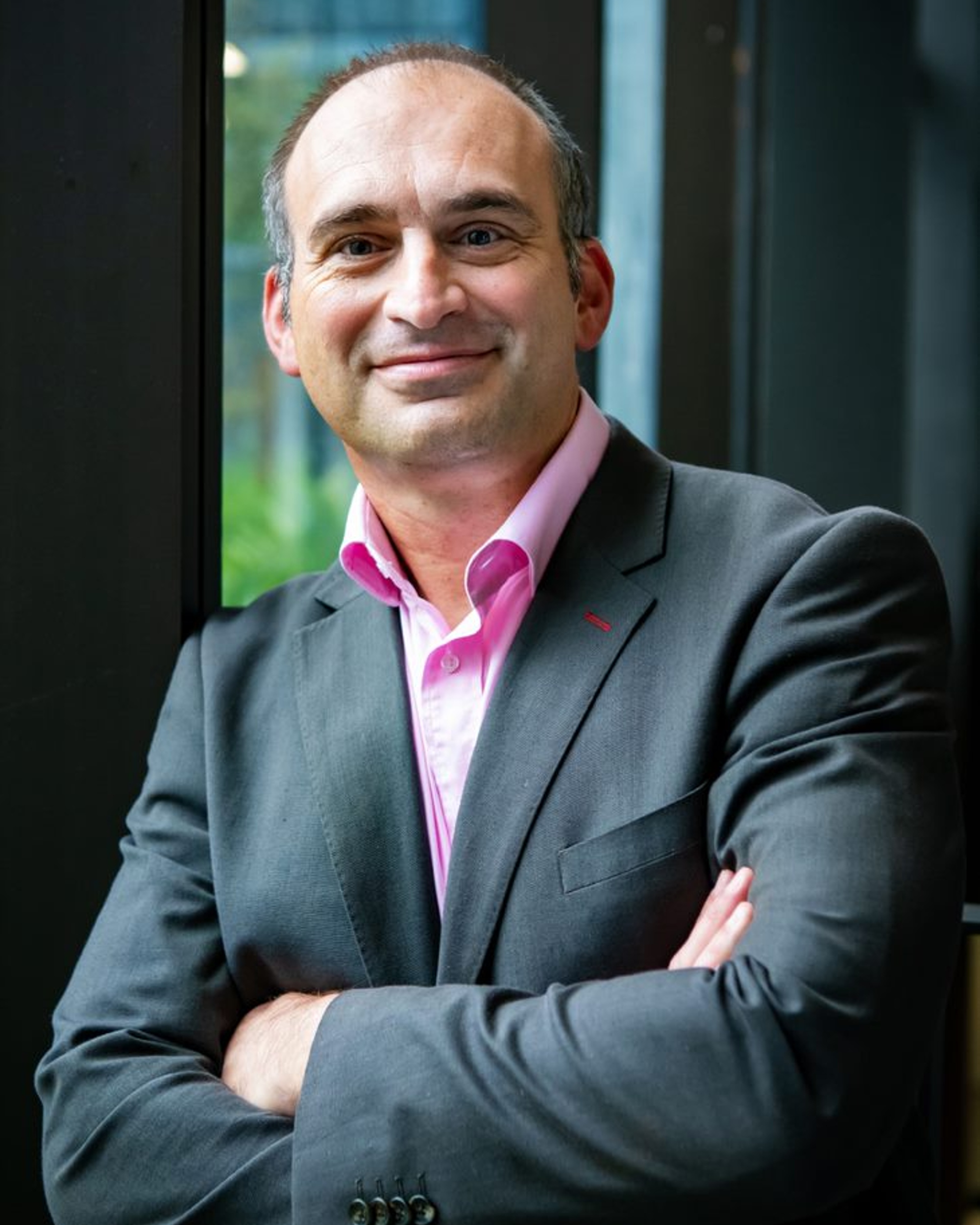Ammonia production is one of the world’s single largest chemical industrial processes. Globally, ammonia-based fertilisers are responsible for 50 percent of food production and ammonia is also a key component in the manufacture of many everyday products. But the way ammonia is currently produced—using the Haber-Bosch process, which has remained unchanged since the early 1900s—is incredibly energy intensive, producing 2–3 percent of global carbon emissions. “Our discovery is the first step to making ammonia production for existing industries more environmentally friendly, cheaper, and flexible,” says Franck.
“Ammonia doesn’t contain any carbon as part of its chemical makeup. However, the hydrogen feedstock used in the production process is typically sourced from natural gas or coal. Producing ammonia using green hydrogen, and under the exceedingly mild conditions we discovered, has the potential to reduce emissions significantly.”
Franck has worked closely with Wellington UniVentures—the University’s commercialisation office—on potential applications, determining the shipping industry as a particular target. In 2018, the International Maritime Organization (IMO) committed to cut greenhouse gas emissions from international shipping by at least 50 percent by 2050. But existing clean energy technologies—such as electrochemical batteries and hydrogen fuel—do not have the energy density or ease of handling required to operate large shipping vessels. Ammonia is seen as the only zero-carbon fuel with sufficient energy density to tackle the huge emissions of heavy industries.




